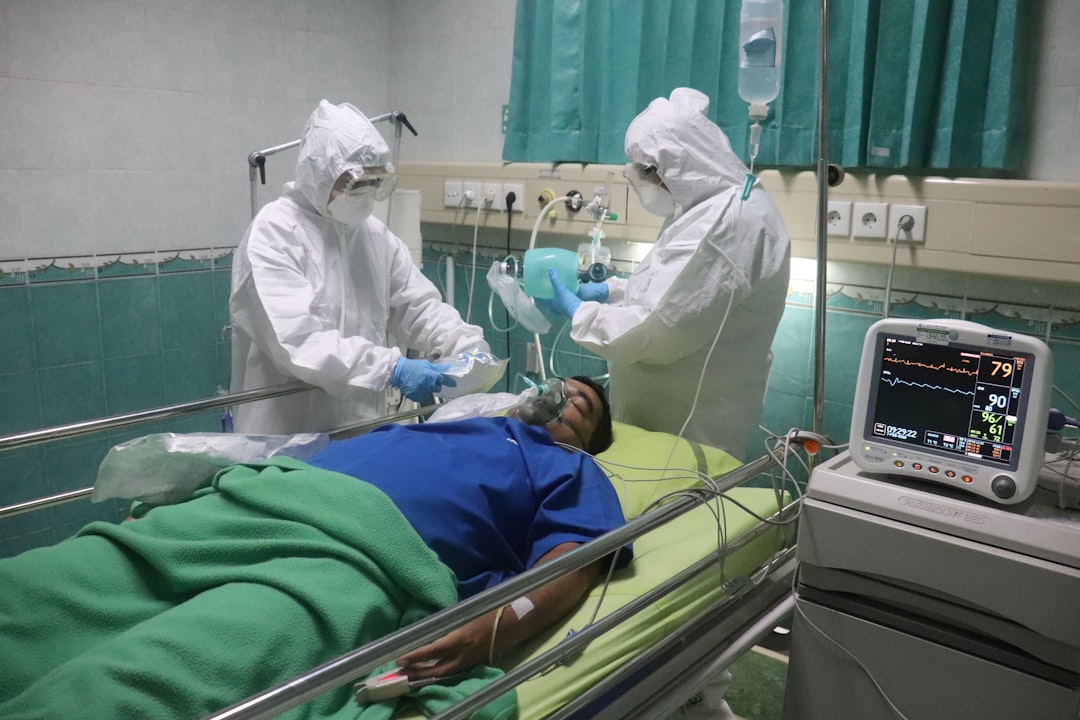Delve into China market research focused on the Chinese healthcare system, offering insights and analysis for effective market entry strategies.
Introduction
Entering the Chinese healthcare market presents a lucrative opportunity for global brands, but it comes with its unique set of challenges. Understanding the health system research China landscape is crucial for developing effective market entry strategies. This blog delves into the intricacies of the Chinese healthcare system, providing valuable insights to help brands navigate this complex market successfully.
Overview of the Chinese Healthcare System
China’s healthcare system is vast and multifaceted, encompassing over one million medical and health institutions. These institutions range from large hospitals in metropolitan areas to community clinics in rural regions. The system is structured into three tiers, each with its own set of capabilities and services.
Tier System in Chinese Cities
Chinese cities are classified into five tiers based on economic development, population size, ease of living, and overall happiness. The top tier includes major metropolitan areas like Beijing, Shanghai, Guangzhou, and Shenzhen. As of 2022, an additional 14 cities are anticipated to achieve tier one status, reflecting rapid urbanization and economic growth.
The tier system significantly impacts audience targeting for market research. Higher-tier cities typically have better healthcare infrastructure, more experienced medical professionals, and greater access to advanced treatments and medications. Conversely, lower-tier cities offer broader basic medical services and cater to a different demographic.
Medical and Health Institutions
Within the tier classification, medical and health institutions are further divided into three tiers, with tier three being the highest. Higher-tier hospitals are well-equipped with resources, pioneering new medical policies, drugs, and utilizing advanced technology. They often serve as the first point of introduction for innovative treatment methods.
Community medical institutions, including healthcare centers and rural clinics, play a vital role in providing long-term care for chronic disease patients. These institutions are staffed by general practitioners who ensure efficient use of medical resources, offering timely treatment and preventive care.
Market Research Insights
Conducting health system research China involves a deep dive into the structural and operational aspects of the healthcare system. Understanding the tier classifications and the distribution of medical institutions is essential for effective market entry.
Importance of Tier Selection
Selecting the right tier for market entry can determine the success of a brand’s strategy. Higher-tier cities offer opportunities to engage with advanced healthcare providers and early adopters of new treatments. This can be advantageous for brands offering innovative medical technologies or specialized services.
In contrast, targeting lower-tier cities can expand a brand’s reach to a broader population base, focusing on essential healthcare services and preventive care. Brands must align their offerings with the needs and capacities of each tier to maximize impact and acceptance.
Treatment Access and Innovation
Higher-tier hospitals in China are often the first to introduce new treatment methods and pharmaceuticals. This makes them key partners for brands aiming to establish a strong presence in the market. Collaborating with these institutions can facilitate the adoption of new products and services, leveraging their advanced medical practices and technologies.
Furthermore, the continuous evolution of the healthcare sector in China presents ongoing opportunities for market penetration. Brands must stay attuned to these changes, adapting their strategies to align with emerging trends and regulatory requirements.
Market Entry Strategies for the Healthcare Sector
Successfully entering the Chinese healthcare market requires a well-crafted strategy that addresses both the structural aspects of the system and the cultural nuances of the market.
Localization and Cultural Adaptation
Adapting products and services to meet local needs and preferences is crucial. This involves not only translating materials into Chinese but also ensuring that offerings resonate culturally. Understanding local healthcare practices and patient expectations can enhance brand acceptance and trust.
Navigating Regulatory Requirements
Compliance with China’s regulatory framework is essential for market entry. Brands must familiarize themselves with requirements such as ICP licensing and PIPL compliance to ensure smooth operations. Partnering with established consultancies like Ripple Marketing can provide the necessary expertise to navigate these complexities effectively.
Conclusion
Understanding the Chinese healthcare system through comprehensive health system research China is paramount for brands aiming to enter this dynamic market. By leveraging insights into the tier system, medical institutions, and regulatory landscape, brands can develop robust market entry strategies that drive success and sustainability.
Ready to Enter the Chinese Healthcare Market?
Partner with Ripple Marketing to navigate the complexities of the Chinese healthcare system. Our expertise and structured methodology ensure your brand’s successful entry and growth in the UK-China market.

Leave a Reply